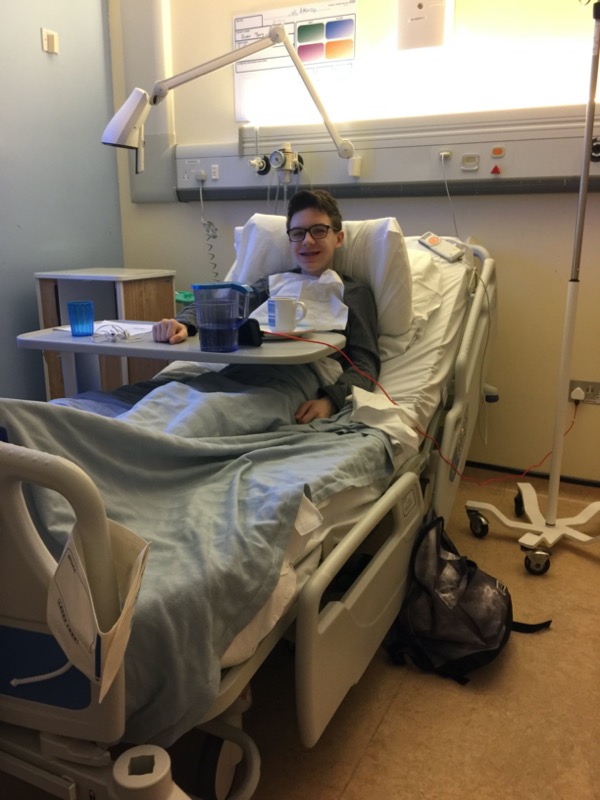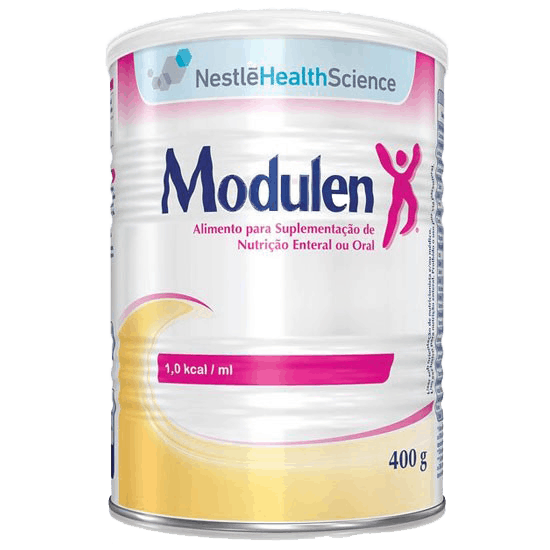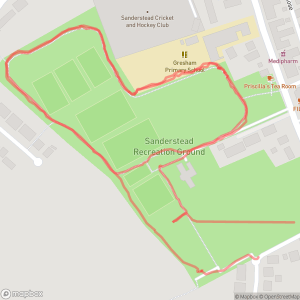In the beginning
At the beginning of 2017, I was diagnosed with Crohns Disease. Through the whole of Christmas and most of my mock exams, I was ill. I didn’t have the motivation to do anything, I was nostalgic and saying I was tired all the time would have been an understatement. Although I had been diagnosed with this disease, the amount of kind and supportive people that I had in my life at that point was amazing. Everyone did everything that they could to help and was always there if I needed anything. My school helped a lot by making lots of different arrangements and they managed to get me a separate room to do my exams in so that I wasn’t disturbing any of the students in the main hall as I never knew when I would need the toilet.
Crohn’s Disease – What is it?
The definition of Crohn’s disease from the NHS: A long-term condition that causes inflammation of the lining of the digestive system. Before being treated it can cause abdominal pain, fatigue and weight loss.
Diagnosis & Experience
I first started getting symptoms of Crohns Disease back in November, however, my GP thought nothing of it as they can’t fully diagnose you because most often than not people don’t have it. So for about a month I was going back to the doctors every couple weeks and finally when I told them for the 5th time that I’m getting worse they referred me to the Gastronomy wing at Mayday (Now called Croydon University Hospital) I stayed at the hospital for a night on a drip and was woken up every couple of hours by the lovely nurses there to take my blood pressure and make sure that I was doing okay. A couple of days later I had a colonoscopy and I had to drink this horrible drink that cleaned this inside of my stomach out so and reflected everything so that it was easy for them to see inside.

The reason for me going on the liquid diet is so that it was easy on my stomach because it meant that my stomach didn’t have to break down food at all and it stopped the stomach pains and made them go away. As well as this liquid diet I was also on 21 tablets a day. Which varied from antibiotics, calcium tablets and others to help me. If you have ever had to take tablets if you have had a cold trying to remember to take them is a challenge in itself. This was very difficult, although I managed to get these tablet pots with the days of the week on them, so at the beginning of the week I was able to put all the tablets I needed. They were also sorted into morning, lunch and evening so that I knew when to take them. All of this as well as preparing for my exams.

What happens in the long term?
Once I finished my 3-week liquid diet and tablets, I was allowed to start introducing foods this was allowed little by little. So every week I added one or two foods to my diet. The reason for this is so that I could find out what foods I agreed with and which ones I didn’t. So far I have found out that spicy foods, orange & apple juice and anything with lots of MSG in. Since the tablets that I was on for a short while back in March were very strong, it meant that I couldn’t stay on them in the long term because they were too strong. So I needed an alternative… Humira! Humira is an injection that I inject into my leg every other week and it suppresses my stomach to make it easier for me to stay in remission and pain-free.
I am very glad that we have the NHS because one injection costs about £500. I could buy 300 packets of Percy pigs for the same price as one Humira injection! Or a brand new Sony camera for the same price. It is unbelievable how much it costs! Luckily I don’t have to pay and get it for free. I am currently in remission and the Humira is working as of writing this 20/12/17, so fingers crossed I will be for a long time.


